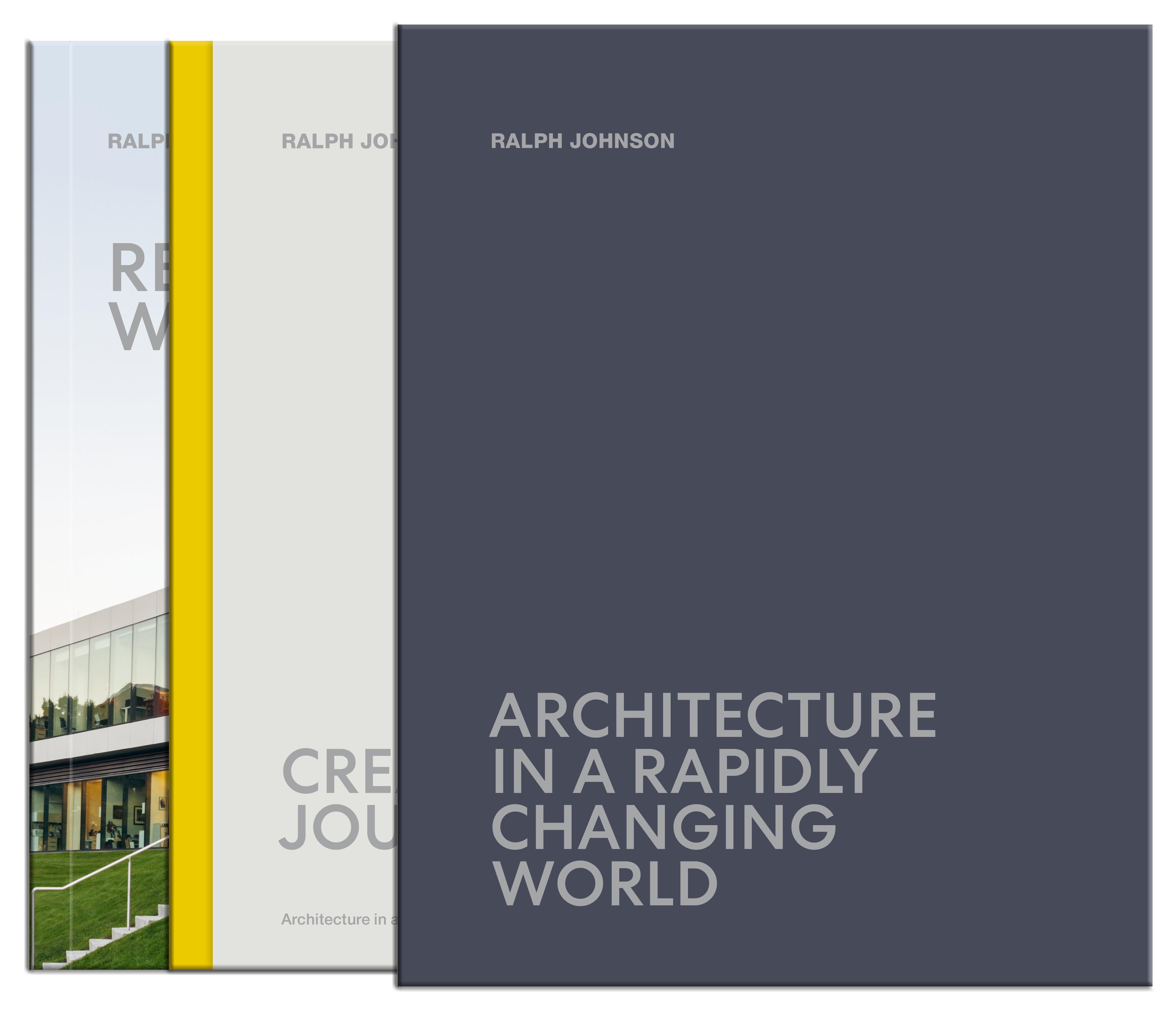




Essay by Ned Cramer
In other current projects, Johnson contends not with a dearth of resources, but with a seeming excess. A supertall high-rise outside Cairo and a sprawling nature museum in Shanghai both aim to civilize the megacity. Where the former arcs gently upward, not unlike Constantin Brancusi’s Bird in Space, the latter corkscrews into the earth like a gastropod—the formal gestures resulting from digital calculations in service of programmatic and structural necessity. The tower serves as the visual and conceptual centerpiece of Egypt’s as-yet-unnamed new administrative capital, intended to attract a population of some 6.5 million to a patch of desert the size of Singapore, relieve congestion in old Cairo, and spur economic growth. The museum sits at the edge of an approximately 15-acre sculpture park in central Shanghai, its low profile, publicly accessible green roof, and sunken central courtyard all conserving open space in China’s most crowded city.
At Perkins&Will, Johnson interacts with onboarding and existing talent in his role as the firmwide design director. Through a peer-review process initiated by
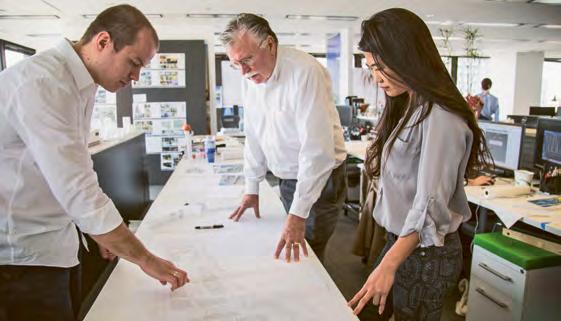
the onetime chief architect of the U.S. General Services Administration, the late Ed Feiner, Johnson provides feedback on his colleagues’ work, and vice versa. The result is a sort of virtuous circle, with the elder statesman setting enterprise-wide standards of design quality while being exposed to new techniques. The various studios do produce some Johnson-esque work, but it is important to note that Johnson does not seek imitators. He knows that Perkins&Will’s tent is enormous, that it contains multitudes. His emphasis instead is on shared values: sustainability, inclusivity, even beauty. The firm has codified seven of them, and Johnson is their prophet.
As Johnson approaches his 80s, busy as ever, he gives no signs of retiring, even as a new generation of designers is rising at Perkins&Will. He has set the bar high, not only for his coworkers, but for his peers worldwide. Such is the benefit of being the big fish in one of the biggest ponds in the whole ecosystem.
In his Essai sur l’architecture (1753), which famously introduced the concept of the primitive hut, MarcAntoine Laugier advanced principles of common sense

(le bon sens) and propriety (bienséance) as essential complements to sheer brilliance: “There is necessary for this as for any other art talent which cannot be acquired, a measure of inborn genius, and … this talent, this genius, must nevertheless be subject to and governed by laws.”
Straightforwardness and good manners are not obvious ingredients for architectural celebrity at the present moment, but they generally serve the profession well, and they are qualities Johnson possesses in abundance, as inherent aspects of his innate talent. His work will inevitably cycle in and out of fashion. But its material, ethical, and aesthetic worth is hard to deny. History can place his architecture alongside that of Chicago titans such as Daniel Burnham and Bruce Graham, not as iconoclastic, but as emblematic of the age.
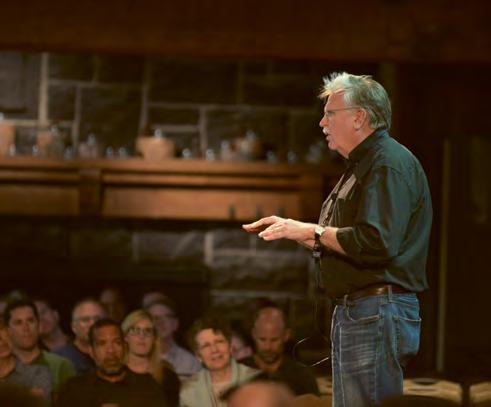


This collection of sketches was created by Johnson during an undergraduate semester abroad.
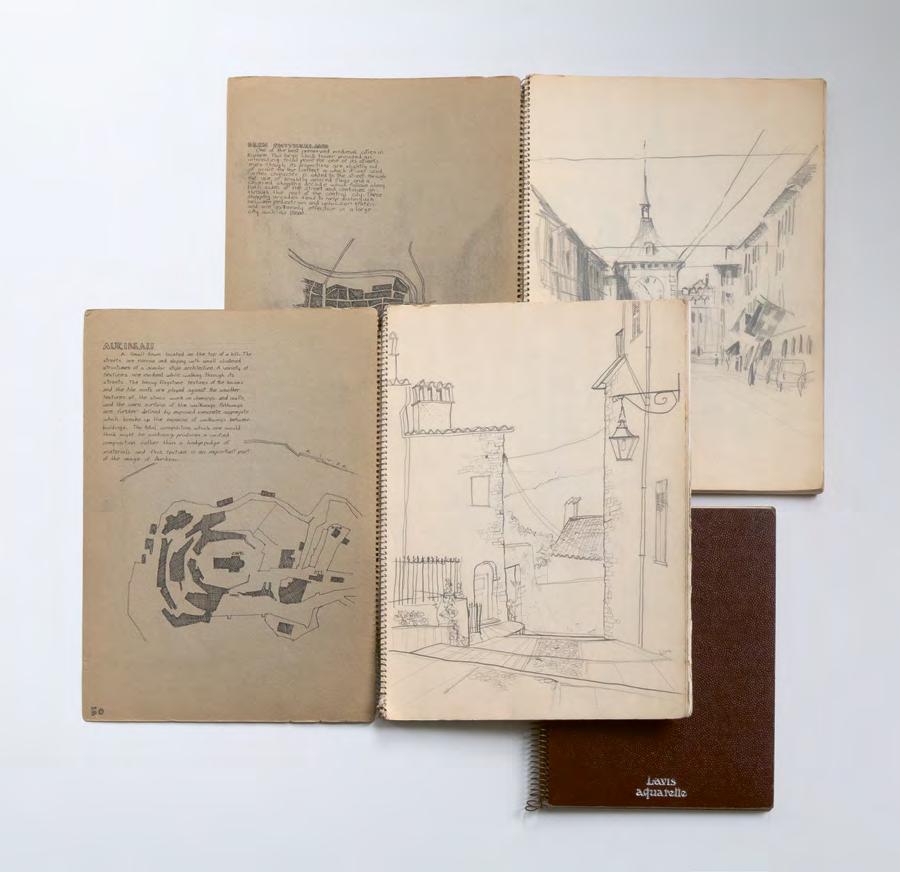

A university music center in Washington State was not realized, but it won Johnson a Progressive Architecture Award and his first magazine cover.



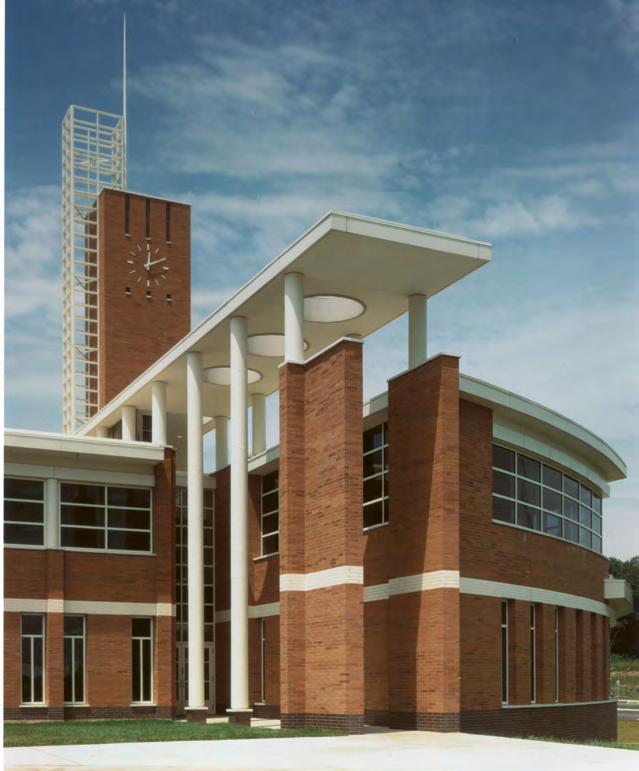

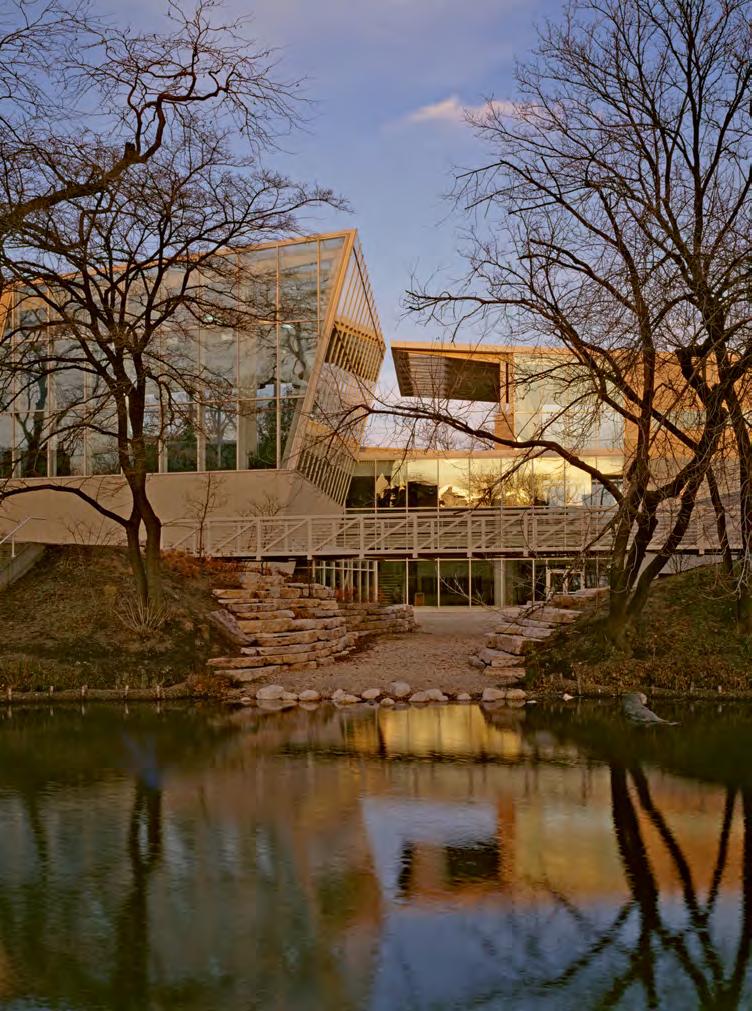


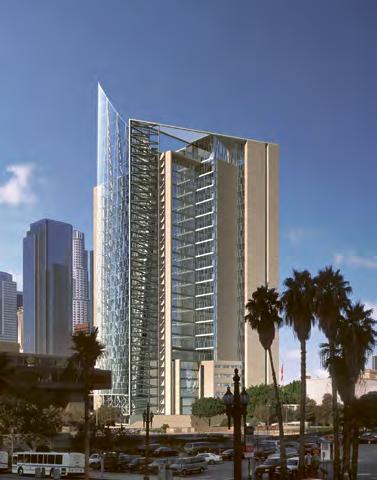
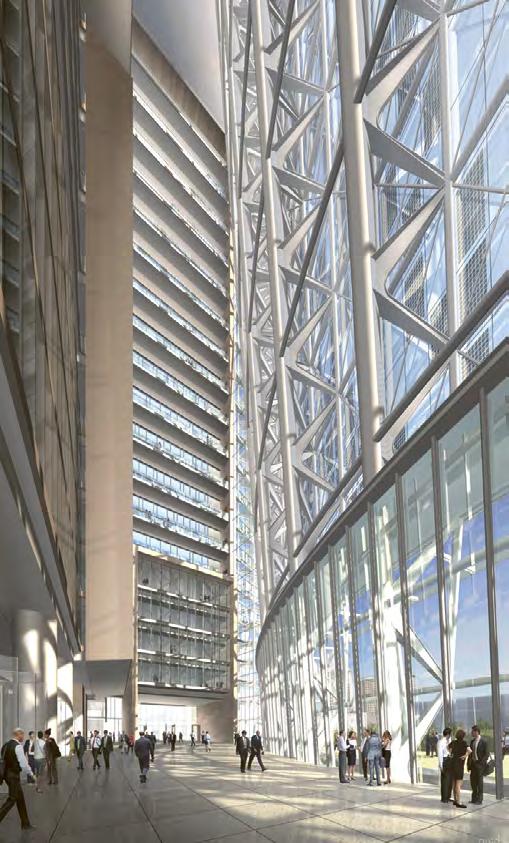
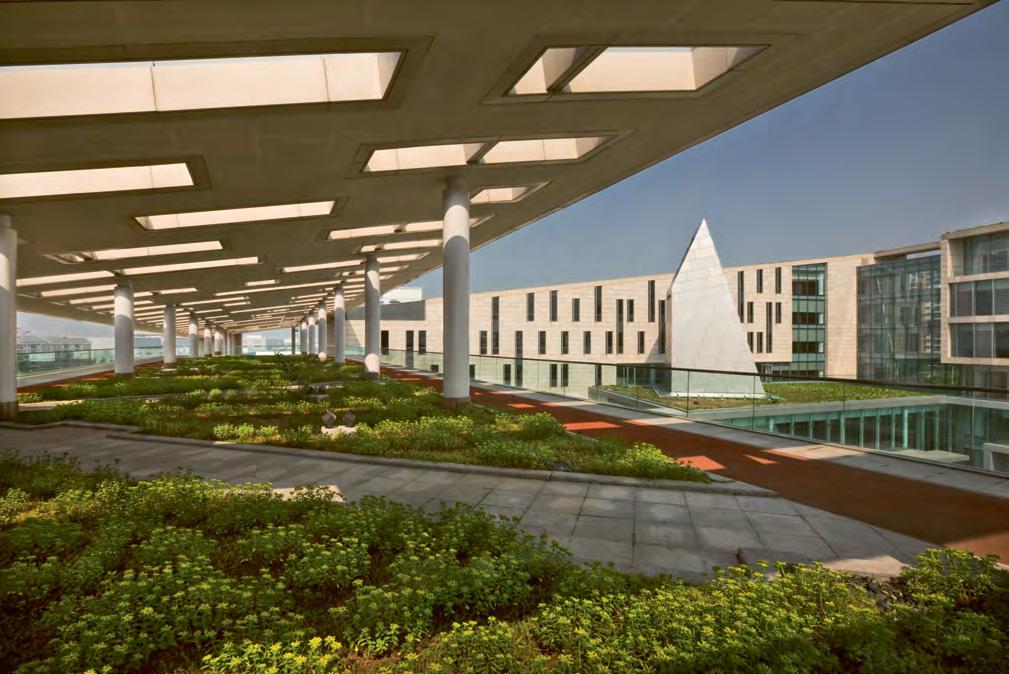

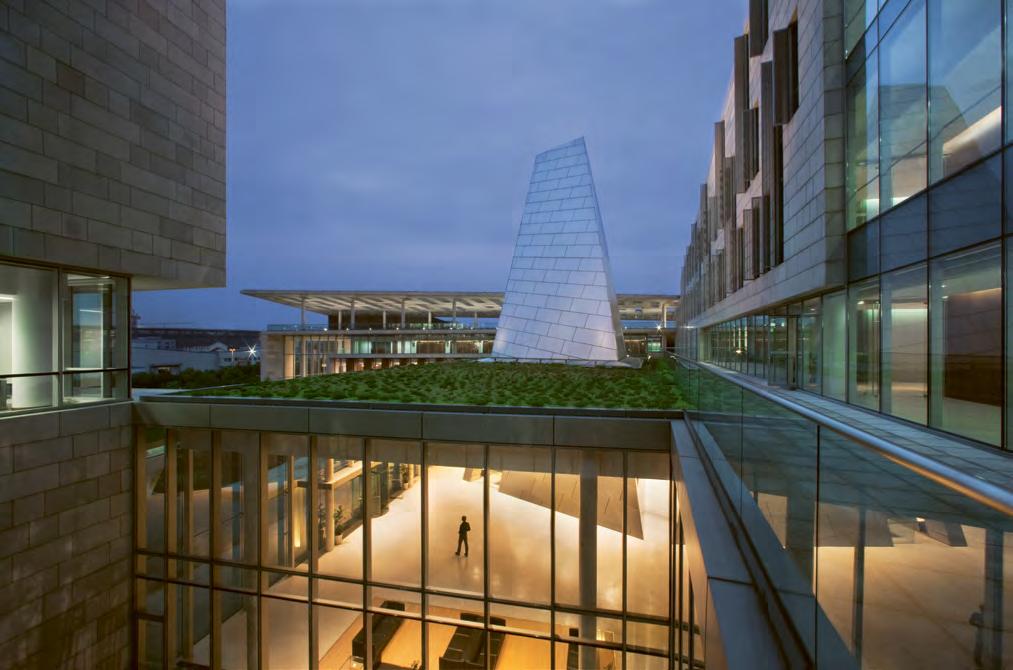
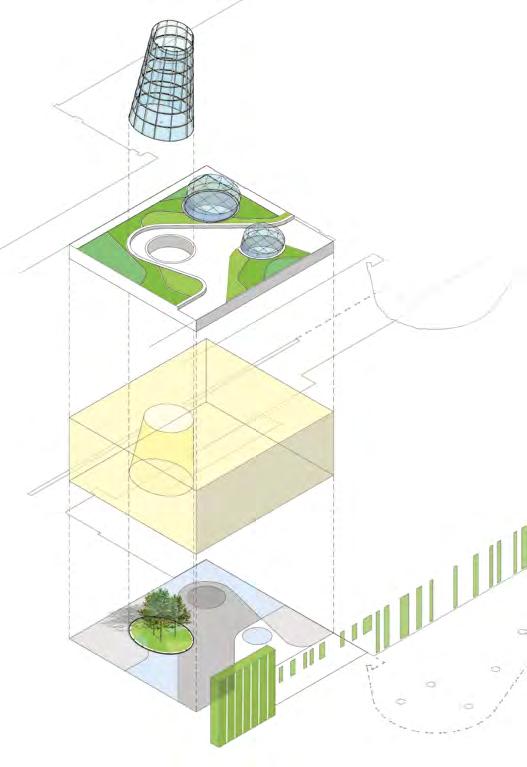

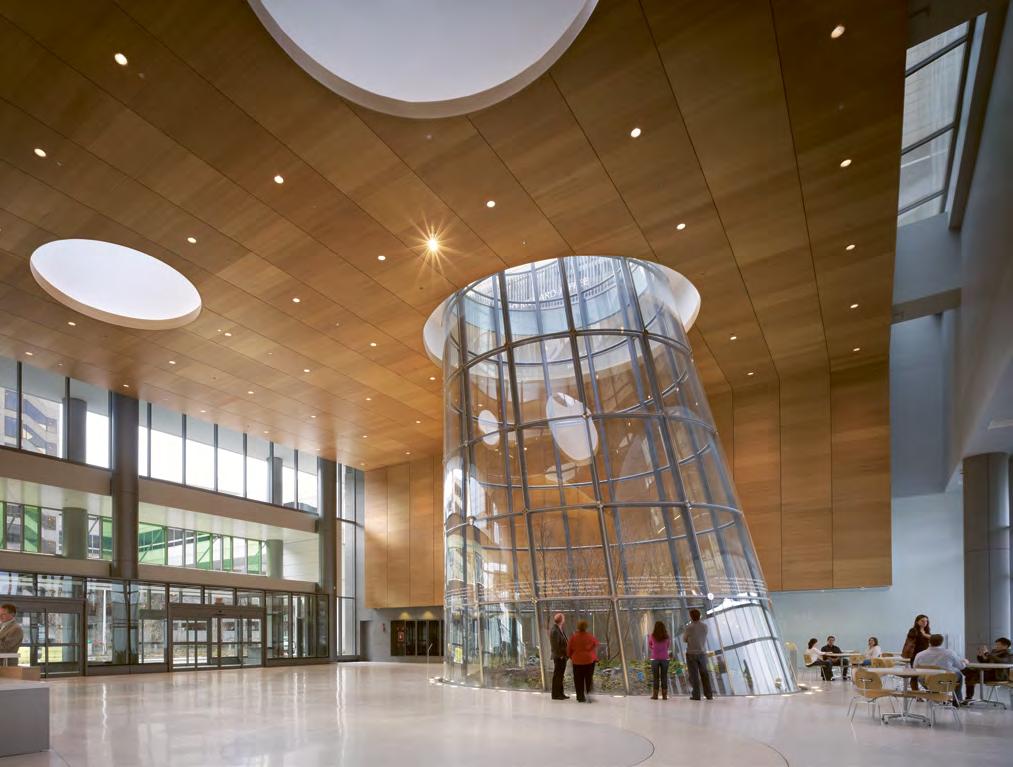
Architect Ralph Johnson’s career spans decades, most of it at design firm Perkins&Will. While his approach has evolved with the times, and naturally responds to program and context, his adherence to the core values of humanism, environmentalism, and modernism has never wavered.